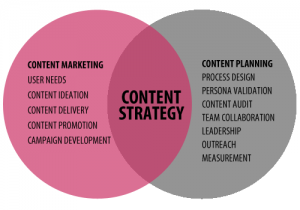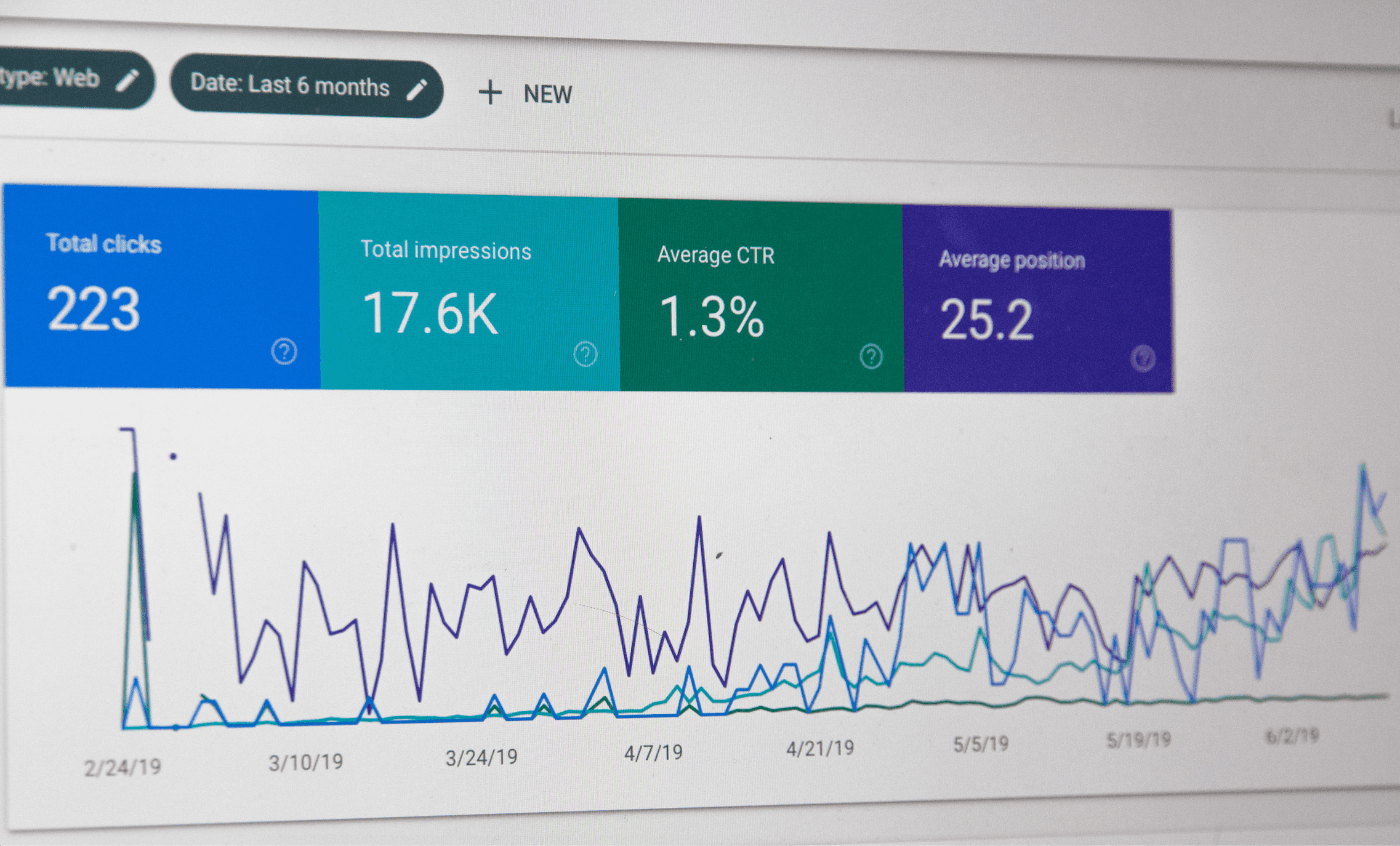A Content Marketing Strategy for Explosive Growth

A Content Marketing Strategy for Explosive Growth
Content marketing is still the king of all marketing. Content marketing can also be known as inbound marketing, and the effects are outstanding.
Content marketing can be broken into two steps: creating valuable content and distributing the content. I italicize valuable because this depends on your audience.

If you do not know your audience, then you should start by analyzing who your target market is.
At SeedX, our target audience is other businesses. Sometimes we throw in an article for freelancers or developers, but the majority of our content is targeted to other companies.
We try to create content that other businesses will find helpful. With your business, you should do the same for your target audience.
Your content becomes the voice of your company. Your blog, YouTube channel, podcast, are to aid and help the audience that you are trying to serve.
Businesses sooner or later learn that the way to stay in business is to provide huge value to customers.
Often, one of the problems many businesses encounter is that their product or service is a one-time deal or there are long durations between purchases. How can you continue to provide value to customers then? The answer is through content.
Content allows for you to provide value to your customers every single day. This is arguably the best way to create brand loyalty.
Step 1: Strategize
Often, when we begin talking with other companies, they do have goals outlined. The general goal of increasing top and bottom line numbers is always a goal, but like previously mentioned, achieving that goal is always a byproduct of providing value.

Take the time to build a macro and micro strategy.
When creating a content marketing strategy you should start with a macro strategy. I believe that defining the type of person that you either want to increase loyalty with or find a segment of your audience that you are trying to gain a foothold with to start.
Making content is a long term strategy and goals like this help to align your team properly. You want your team to be obsessive about providing value to the end consumer and not about reaching a monetary number. Even goals like high click through rates can be damaging. So define your goal in terms that align your marketing team with your end consumer.
Once you define your macro strategy goals, then you need to establish the micro strategy. Your micro strategy should be broken down into the daily and weekly goals that will help you reach these numbers.
For example:
-Publish a blog twice a week
-Create a new podcast once a month
-Test a new distribution channel one a week
-Optimize content for the most liked or viewed content
Step 2: Ideation
After establishing your strategy and your end consumer, then it is time to start brainstorming.
Coming up with content can sometimes feel like a daunting task. What should you write about?

Thinking of ideas and sometimes be the hardest part
I think it is best to help people at all stages of the buyer’s journey. I will sit down and try and write 10-20 ideas for potential articles. This helps me create content for a week or more. Some ideas stay, some ideas are blended together, and others are thrown out. However, I think that this is a critical part of making content. Often thinking of an idea on the spot makes you more likely to not write anything at all. Make this part of your weekly routine.
The best part of the idea phase is that this is just the beginning. Once you start writing content, you will realize just how much you did not think about before.
While writing this article, I realized that I could write about the buyer’s journey instead of linking to another website, I could write about buyer personas, how to write a killer blog post, how to title your blog post, how to start a podcast, the best distribution channels, and more.
While you are making content, make sure that you note all of those additional ideas.
Now let’s look at an example.
Let’s say that you sell motorcycles. People often think that this would be a boring topic to write about, but I think the opposite. Do you know how many problems arise with any motor vehicle?
I would start writing down some ideas.
-How to buy your first motorcycle
-How to lubricate your chains for an even smoother ride
-Which batteries are not going to leave you stranded
-The secret to a good throttle response
-Why your motorcycle is a gas guzzler and how to fix it
These are just some of the ideas I came up with while writing this article, and I honestly have no idea about motorcycles. I came up with a lot of these ideas by going to Google and searching for common problems that motorcycle owners have.
I also like to visit message boards, reddit, and other communities where people are already discussing their problems.
This is helpful in two ways. Firstly, it helps you to get some ideas about what to write about and two, which will be discussed later, it gives a hint about places where you can distribute your content.
At the end of this phase, normally I am more excited about creating content because I thought about all of the pain points that a consumer feels and ways to help them work through their problems. Another great thing about this is that often you sell the products that help them during these situations.
Step 3: Establish Your Voice
We have now established your goals and ideas. Most people go straight to creating content, but you need to slow your horse.
When creating content you need to make sure it speaks to your reader. The better that you know your customer, the better your articles will be. If you are writing to sixteen year old girls, you should use their language. The language that they react to will be much different than a company that sells motorcycles.
This step is often missed and is an avoidable pitfall. Your content should speak to the reader on an emotional level. Today 50% of buyers make purchasing decisions based on your values and not on the product or service you offer.
So make sure that you are not writing for yourself: you need to always have you end consumer in mind.
Step 4: Create and Distribute
When starting out I always recommend that people begin with a blog. Why?
Well, first of all, businesses that blog generate 67% more leads than other businesses.

You are missing out if you are not blogging.
Blogging is also the easiest content for someone to make.
Now when creating content, I will say it again, you need to be obsessive about helping your reader. Do not try and sell them things, do not talk about your business, just tell them how they can solve the problem themselves.
The more that you help your reader the more they will give to you. This seems counter-intuitive, but humans are programmed to want to return the favor. This is also known as the Benjamin Franklin Effect.

You Want To Be Like Me
You spent hours making this killer content and now you think? OMG who is going to read this? Well in the first place, everyone who has access to is social media. Depending on what your service is, you can utilize Facebook, Instagram, Linkedin, Pinterest and other similar platforms.
However, I find that on social media, although it’s incredibly helpful, it is also hard to fight through the noise of everything else.
I find that the best traffic comes from places where the people in your audience are already going. For the motorcycle example, I found a message board. This is a great place to start engaging your community.
This community is already talking about your product, you have read their problems here, and now you are providing valuable resources to them. The traffic that comes from these places are incredible for a business and often under leveraged.
I also find that these communities are more likely to share your content and are also more likely to have friends that also use your product or service.
Another great way to distribute your content is through guest blogging. I also love this method because it helps to establish a relationship with other businesses or outlets, and you can gain strong backlinks to your website which in turn helps search engine ranking.
Be creative in your search for your customers. Often I find that the weirdest places deliver the most unusual results. Places like Quora has also been a great generator of traffic and leads too. Be creative.
Step 5: Measure and Optimize
Well you did it! Well almost. Now it is time to see what worked and what did not. What articles were the most popular and which channels helped generate the most traffic.
Once you start to figure out what works and what does not work throw out the ones that do not work and focus relentlessly on the channels that do work.
The ones that work always produce a disproportionate amount of results more than the ones that did not. This falls in line with power laws or the 80/20 rule.
Do not waste your time on channels and content that does not produce results.
This is why this step is probably the most critical step. People often give up on making content because they are not seeing any results. The real reason is they are not measuring what is working and what is not.
You cannot expect to have a one size fits all solution. For some, Facebook will drive more traffic and for others, all of your traffic will come from a place that you probably do not even currently know about.
Keep an open mind and be persistent, and your content making strategy will take you to levels that you never expected to reach.








